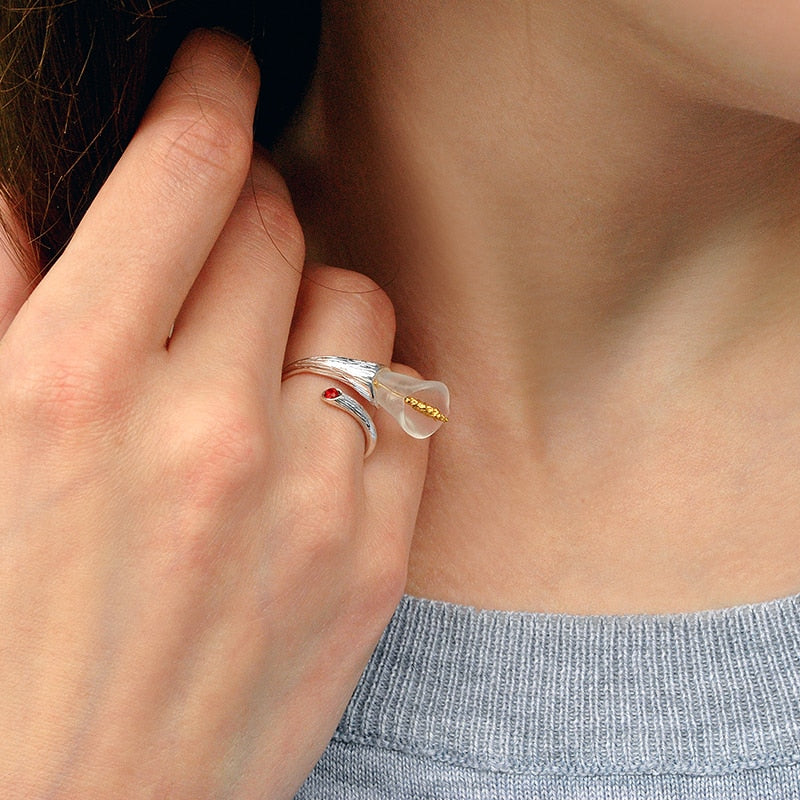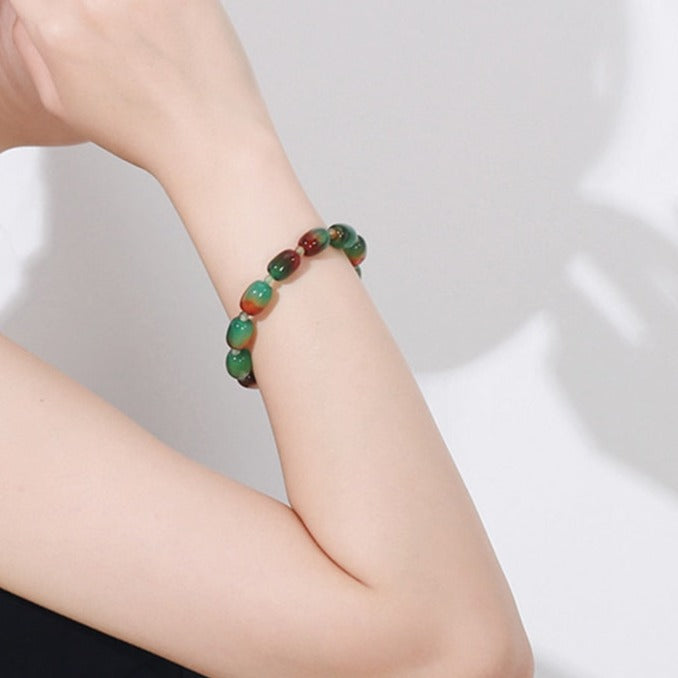Aventurine belongs to the rhombohedral crystal system with a hardness of 6.5 to 7 on the Mohs scale. With a vitreous luster, Aventurine is also called by other names such as quartz or dumortierite.
The most important deposits of aventurine are found mainly in Brazil and China.

History of Aventurine

Virtue of Aventurine
Aventurine is beneficial for heart problems and can have a positive effect on blood pressure and circulation, and can help soothe breathing problems. It would also have a beneficial effect on skin problems such as acne, eczema and other skin irritations.
Another benefit is that it helps counteract dandruff and hair loss problems. For women, aventurine may help regulate hormone secretions and soothe nervous tension and other stress-related discomforts.
Mentally and spiritually, Aventurine has a calming effect, especially for people with anger or a short temper. In this sense it has the power of harmonization and serenity that we recognize in the stones of this color. An excellent bulwark against negative rays, Aventurine helps to relieve the mind from the numbing effects of boredom or depression and above all to amplify the senses of communication and empathy.
Aventurine acts on the throat chakra and promotes circulation and purification of energy flows. Its action greatly amplifies the psychic vision and gives access to a clear and positive perception of things. Placing Aventurine on the person's forehead helps to purify and purify the mental and astral body.
Aventurine has particular affinities with the astrological signs Virgo, Sagittarius and Aquarius. Regarding the purification of Aventurine, it is strongly recommended to place the stone in salt water and to expose it to the sun as soon as you take possession of the stone, in order to eliminate the influences of all people who may have had physical contact with it and then charge the stone with their influence.









